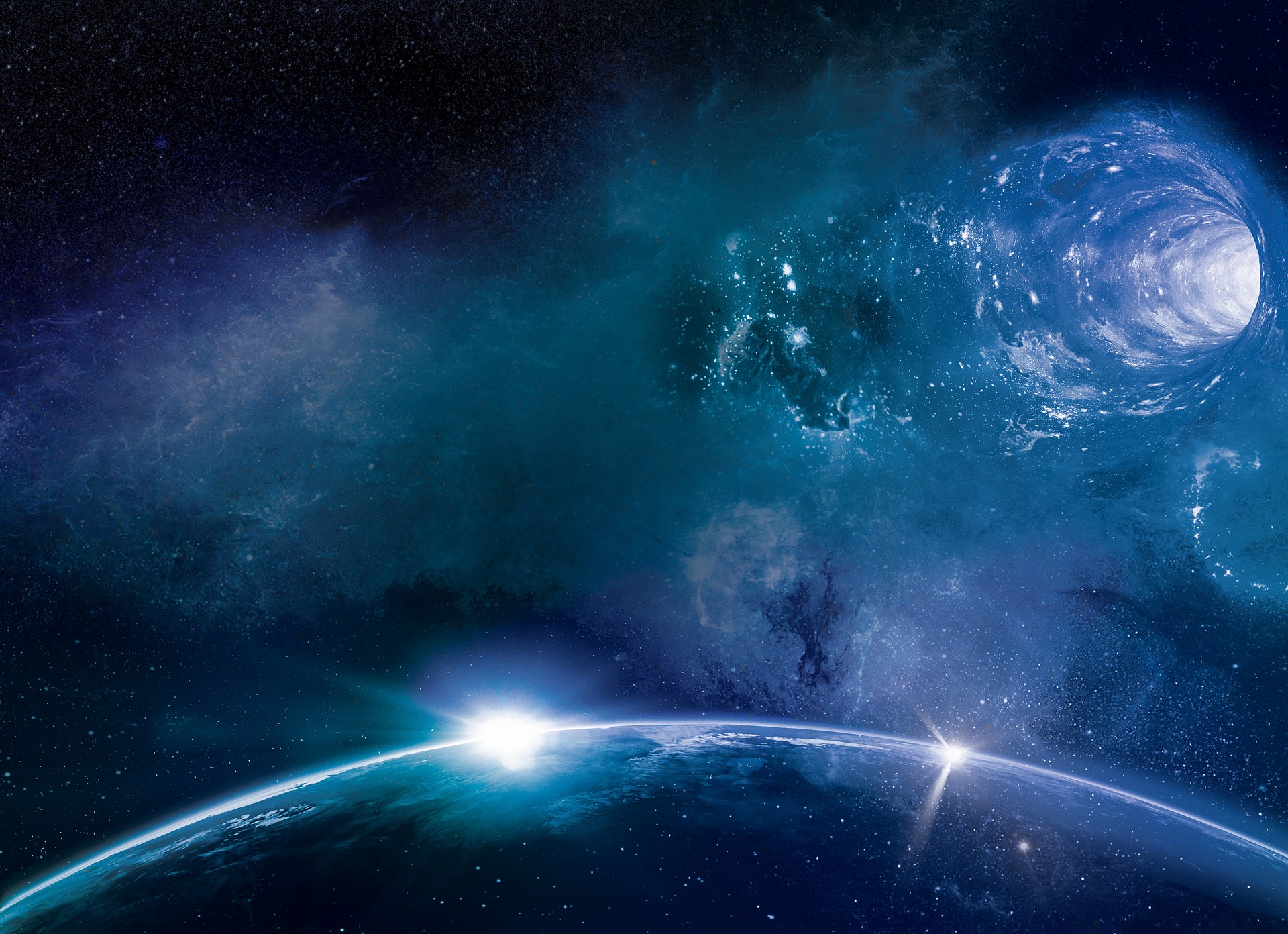
Wormholes which bend the fabric of space-time are a staple of science fiction writing, but a team of theoretical physicists is working to see if they could have a place in reality as well.
Researchers from Case Western Reserve University, University at Buffalo College of Arts and Sciences, and Yangzhou University have come up with a technique for detecting traversable wormholes — theoretical tunnels in space-time which could allow objects to travel great distances across the galaxy or even the universe. They turned their attention to the supermassive black hole at the center of our galaxy, Sagittarius A*, to see if it could harbor such a wormhole.
“By studying the orbits of stars around the black hole at the center of our galaxy, we could soon tell if this black hole harbors a traversable wormhole,” the researchers said in their paper.
The technique works by looking at perturbations or wobbles in the path of stars, such as the S2 star which is in orbit around Sagittarius A*.
“If you have two stars, one on each side of the wormhole, the star on our side should feel the gravitational influence of the star that’s on the other side,” Professor Dejan Stojkovic, a cosmologist at the University at Buffalo College of Arts and Sciences, explained in a statement. “The gravitational flux will go through the wormhole. So if you map the expected orbit of a star around Sagittarius A*, you should see deviations from that orbit if there is a wormhole there with a star on the other side.”
If the technique is successful, it could be used in the future to see whether a wormhole is likely to exist at the center of our galaxy.
However, don’t get too excited about the possibility to using the wormhole to travel to other worlds just yet. “If wormholes are ever discovered, they’re not going to be the kind that science fiction often envisions,” Stojkovic said. “Even if a wormhole is traversable, people and spaceships most likely aren’t going to be passing through. Realistically, you would need a source of negative energy to keep the wormhole open, and we don’t know how to do that. To create a huge wormhole that’s stable, you need some magic.”
To be clear, there is no evidence yet that wormholes exist. But they are theoretically possible, and could provide a solution to some puzzles in modern physics. “They are a legitimate solution to Einstein’s equations,” Stojkovic said.
The new research is published in the journal Physical Review D.
Editors' Recommendations
- ‘Closest black hole’ isn’t actually a black hole, but a stellar vampire
- Monster black hole gives off epic radio emissions as it chows down on gas
- Closest pair of supermassive black holes is merging into one mega black hole
- This black hole is creating enormous glowing X-ray rings
- Astronomers get closest look yet at epic explosion in our ‘cosmic backyard’




